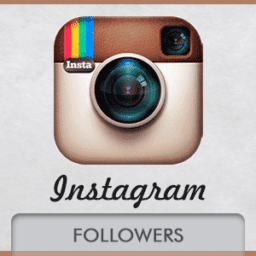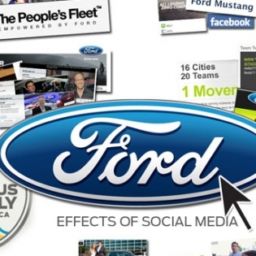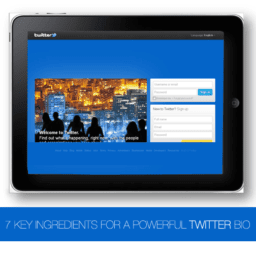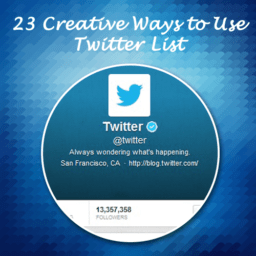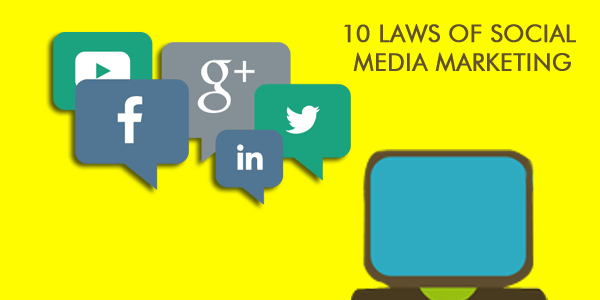
Like every social platform, there’s a learning curve for how to use Twitter. But also like every social platform, there aren’t any specific rules. The confluence of these two truths can be mind-boggling, and the only real solution is to be patient and learn from the best. It’s the same principle as being good at anything else: spend time watching before doing, learn from those you find most engaging and interesting, and then practice.
In the meantime, I’ve gathered a few dos and don’ts to keep you company while you do your own on-the-ground learning. And here’s a spoiler: community is at the core of all of these principles. Don’t do things that make you an annoying member of the community. Do things that build or contribute to the community. Every successful move you make on Twitter has at its center a desire for community and connection.
First, the don’ts:
Don’t: be an egghead
You hear this a lot, referring to the profile picture, which remains an egghead until you personalize it with your own photo. And I mean “don’t be an egghead” in that way, but I also mean it in the general sense of personalization. In the age of authenticity, where brands are human (and sometimes humans are brands) you’ve got to treat your Twitter account as a customized digital representation of your personality. Choose a picture that isn’t too small for someone to make out when the scroll through their feed. Write a clever & short–or professional & impressive– bio. Include a link to your website in your bio. Follow accounts you actually will learn from and be entertained and engaged by. Be an active and valuable member of your chosen Twitter community. The bottom line is that it’s the same on Twitter as in real life: blandness is the enemy of popularity.
Don’t: be a sporadic Twitter user
I have no bigger pet peeve than the sporadic Twitter user. Consistency catches the eye, and eye-catching is what you need to aim for on Twitter, which can be overwhelming and over-populated. Sporadic use indicates someone who is not particularly serious about their Twitter presence, and I’m less likely to engage with them because they probably won’t engage back. I’m less likely to follow them because they don’t regularly provide content. And don’t worry–building Twitter into your existing digital life is easier than it appears. Assign Twitter check-ins to existing rituals in your life. For example, if you make it a habit to check and tweet, say, once before each meal of the day, or once whenever you check Facebook, you might find yourself more seamlessly integrating Twitter into your regular digital presence.
Don’t: make this one rookie mistake
Admittedly, I had to be told about this technical mistake by a friend, but when I see it now, it makes me think “beginner.” Here it is: when want to reach out to someone on Twitter and the tweet begins with their handle, you must put a character in front of the @ symbol in their handle if you want your tweet to be seen by people other than you, the person you’re replying to, and your common followers. The most frequently-used character is a period, but you can also move the @handle to the back end of the tweet. Tell everyone you know: tweets that begin with Twitter handles won’t be seen by a wide group of users.



